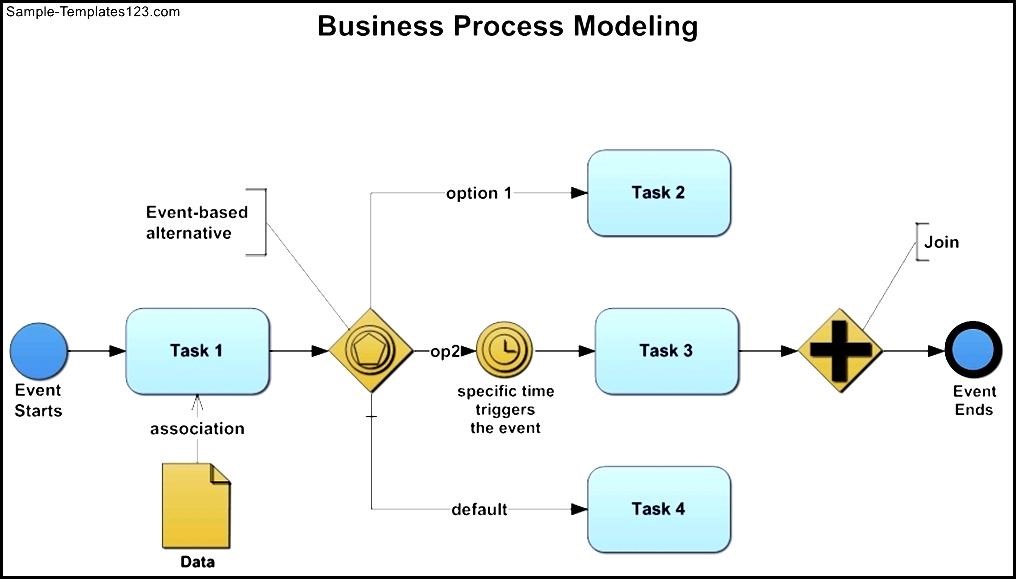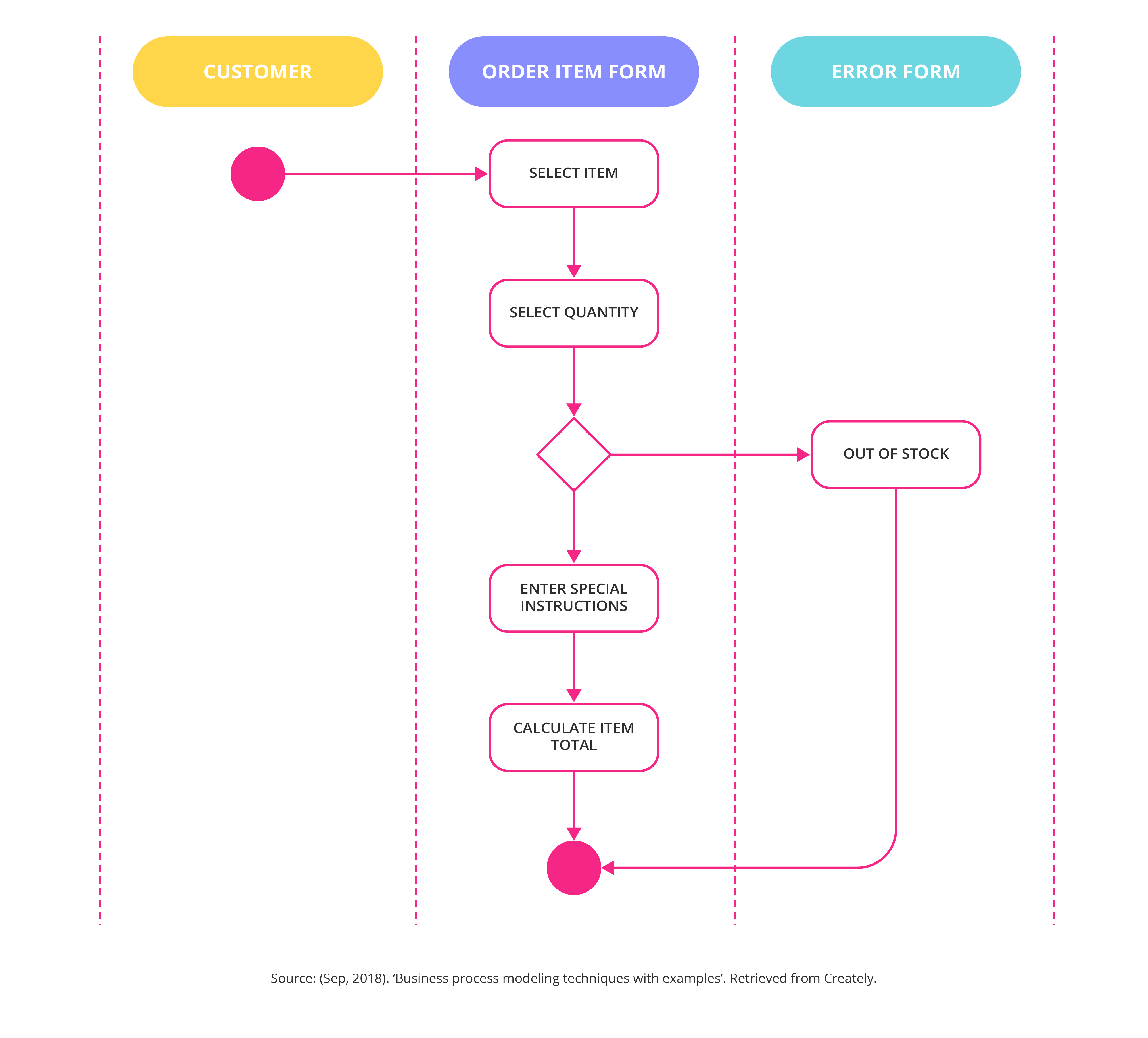

BPMN can be used to show the various business processes depending on the particular activities they represent. Secondly, ensure you provide an explanation for every process to avoid errors during the analysis. This can be achieved by beginning with questions that get you into goals and reasons, which gives you a strong understanding of the amount of details to include in the model. In order to create working models from the global business software, the goals for the process models you want to create must be clear. However, compared to other techniques, they seem flexible, but if compared to flowcharts, they are not. Similar though compared to flowcharts, RIDs are more complex, difficult to build and understand due to the mess it appears to be with the many arrows which point left and right.Īdditionally, both inputs and outputs are not modelled, which means vital information is lost. Processes are represented using a combination of texts and symbols.

In this BPM technique, roles and activities are connected in a matrix form with activities appearing vertically on the left and roles horizontally at the top. They therefore present comprehensive views of processes together with the permitting activities. RADs are easier to read, understand and are therefore used to support communication.
#Business process modelling techiniques software#
Roles are specific organizational functions and may include customers, software systems and even suppliers. This technique however does not have a provision for the creation of a breakdown of activities. Many analysts and business developers use it as it is supported by a number of drawing tools and is therefore widely used. In fact, many people consider BPMN as its advanced counterpart. This is a simple diagram technique that is easier understood by many.

However, with 14 different types of diagrams available, it seems more complicated to understand making it a rare choice to analysts. They are in many ways the object-oriented flow charts and are used to model detailed logics of a business. Business experts have however adapted it as a technique for business modelling.Īs a tool that is important in visualizing a large number of business processes, UML is more powerful and much more flexible. This is a modeling language that is particularly used for development, documenting, visualization and specification of software systems. In addition, a good number of modelling tools support BPMN thus it becomes easier to edit or even share on different platforms, making it the most popular technique. It therefore has an advantage as business analysts are more familiar with it. It is a standard with a syntax that is adequately defined. This BPM uses standard models as a means to represent business processes. BPM also offers constant processes and reduces inefficiencies by improving resource allocation and use.īusiness Process Modelling Notation (BPMN) On the other hand, it helps teams in figuring out how the entire process works and boosts communication since it is still possible that the entire flow of processes can be kept through a dedicated business process model. On the other hand, companies using this system improve and adapt to market dynamics faster and with extremely high precision. Companies can therefore analyze workflows much easily and faster. This process can also be used as a measure of how fast a company evolves or grows.Īs a business process management tool, this system helps in documenting business processes. This is with the consideration that all the changes will have been made in the future.īPMS is therefore very crucial in business management and analysis of other key business parameters.

According to creatio, the business process management system puts more focus on two-term plans – the present without making any changes and the future. As a business process management tool, BPMS helps in mapping the different steps in every process. Graphical representation of business processes helps in the identification of both weaknesses and improvements. BPM is therefore a quality management tool that is used to illustrate ongoing organizational procedures while helping with the management of business processes. Business process modeling represents an organization’s business process usually presented graphically.


 0 kommentar(er)
0 kommentar(er)
